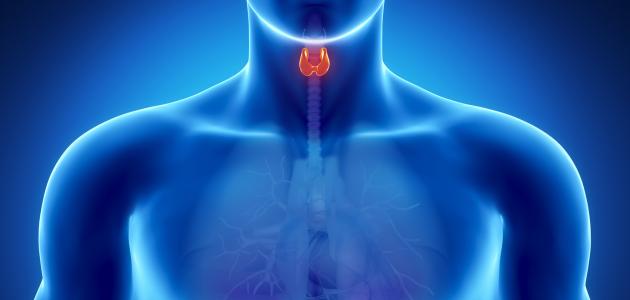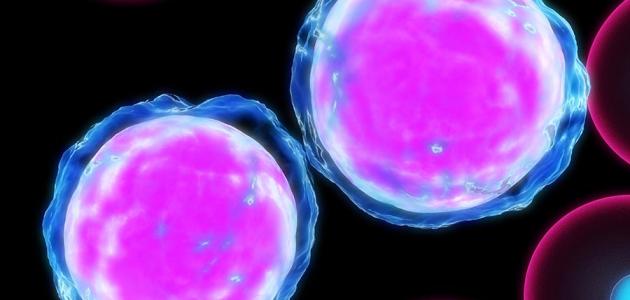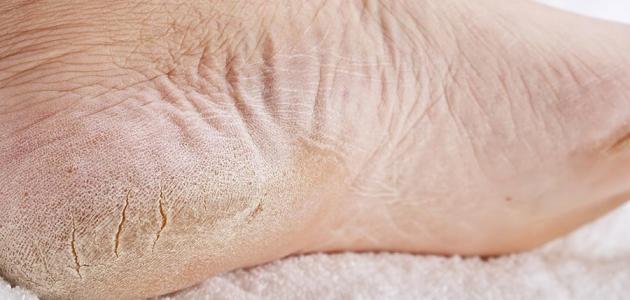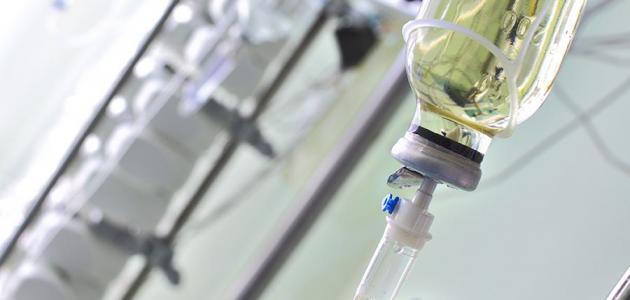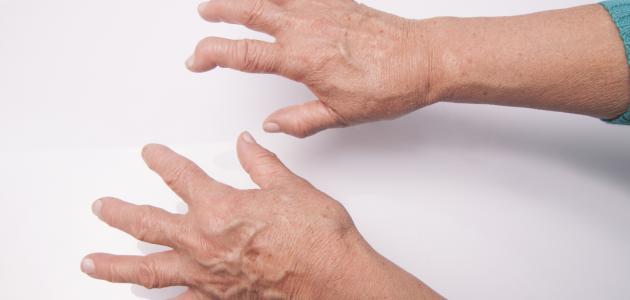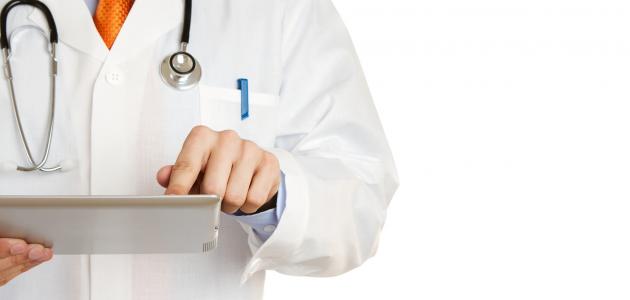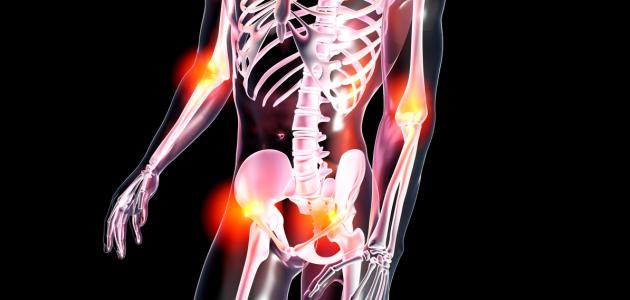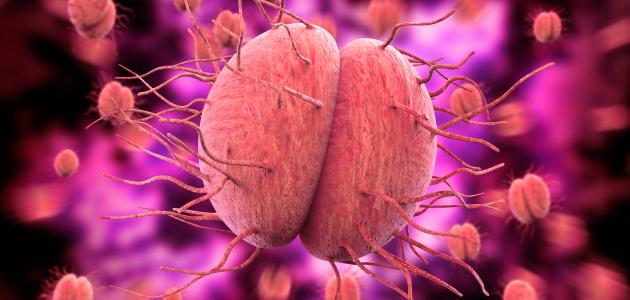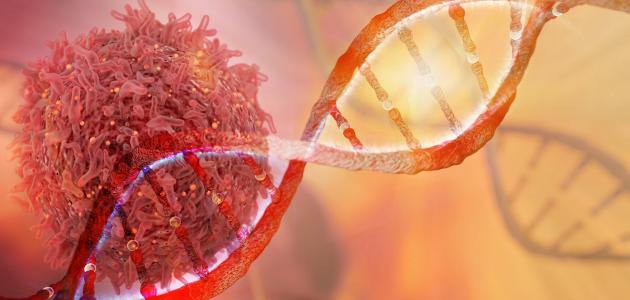Diagnose the disease
The first tests for blood work, where the thyroid gland produces hormones thyroxine Weissman 4 and T hormone triiodothyronine T 3, and is Afrazhma after responding to the hormone secreted by the gland pituitary labeled hormone catalyst for the gland thyroid
The two hormones secreted by the thyroid gland inhibit the secretion of thyroid stimulating hormone through the so-called feedback and thus maintain a certain percentage of hormones in the blood, so the most important examination of the thyroid gland is to examine these three hormones, in the case of deficiency of T3 and T4 and the increase of the hormone The catalyst for the thyroid is called lack of initial Aalgdh thyroid, and in the case of a lack of T3 and T4 and the lack of stimulating hormone hypothyroid called deficiency thyroid gland secondary, and in the case of increased T3 and T4 and the lack of stimulating hormone thyroid is called hyper thyroid initial thyroid, and in the case of increased T3 and T4 and increased stimulating hormone For an underactive thyroid gland called secondary hyperthyroidism
Among the tests used as well is an ultrasound examination of the thyroid gland if it is abnormal in size or shape, as well as the tests used to take a sample from the thyroid gland by needle aspiration in the event of a swelling in order to ensure that this swelling is not malignant, as well as the tests used are imaging Or a thyroid scan, and a thyroid scan is an image taken after an intravenous injection of radioactive iodine or another substance such as technetium, as this image enables us to identify nodules that secrete large amounts of the hormone, which are called hot nodules
Other topics on thyroid disease
Read about: ( thyroid disease )
Read about: ( Thyroid Hormones Function )
Read about: ( Causes of hypothyroidism )
Read about: ( Causes of hyperthyroidism )
Read about: ( Symptoms of hypothyroidism )
Read about: ( Symptoms of hyperthyroidism )
Read about: ( hypothyroidism treatment )
Read about: ( Hyperthyroidism treatment )
Conclusion
So the thyroid gland is an endocrine which is located at the bottom of the neck provider, and secrete hormones are thyroxine T. 4 triple Adotheronan T 3, The function of hormones in regulating vital activities and accelerated in different parts of the body, and her illness resulting from increased secretion of these hormones is called hyper thyroid gland, or lack of secretion of these hormones, called congestive thyroid gland
Symptoms of hyperthyroidism are many, the most important of which are increased appetite, weight loss, diarrhea, increased heart rate and menstrual disorders in women. As for the symptoms of hypothyroidism, they are loss of appetite, weight gain, constipation, lethargy, etc., and the diagnosis of the disease is based on the work of the thyroid gland examination, where the hormone is examined T4 and T3 and thyroid stimulating hormone
The treatment of hypothyroidism is based on giving the patient levothyroxine. As for the treatment of hyperthyroidism, there is surgical, radiological and pharmacological treatment .
References
1-Norman S. Williams and others, 2008, short practice of surgery, UK, Edward Arnold.
2-Lorne H. Blackborurne, 2009, Surgical recall, USA, Lippincott Wiliams and Wilkins.
3- Christopher's Hasslet and others, 2009, Davidson's principles and practice of medicine, New York, Churchill livingistone.
4- Fauci and others, 2009, Harrison's manual of medicine, USA, McGraw-Hill.
